Farman: The French Connection With A British Flavour That An Indian Maharaj Acquired—Part 1
This story begins in 1884, when to an English couple in Paris, was born a boy whom they named Henry. As the boy grew up in Paris, along with his two younger brothers, Richard and Maurice, he changed the spelling of his name to Henri (the French spelling of this English name) and came to be known as Henri Farman. By the time Henri Farman died—in 1958—he had become a legend in his adopted country, France…famous for making and piloting some of the most pioneering aircrafts in the early years of aviation.
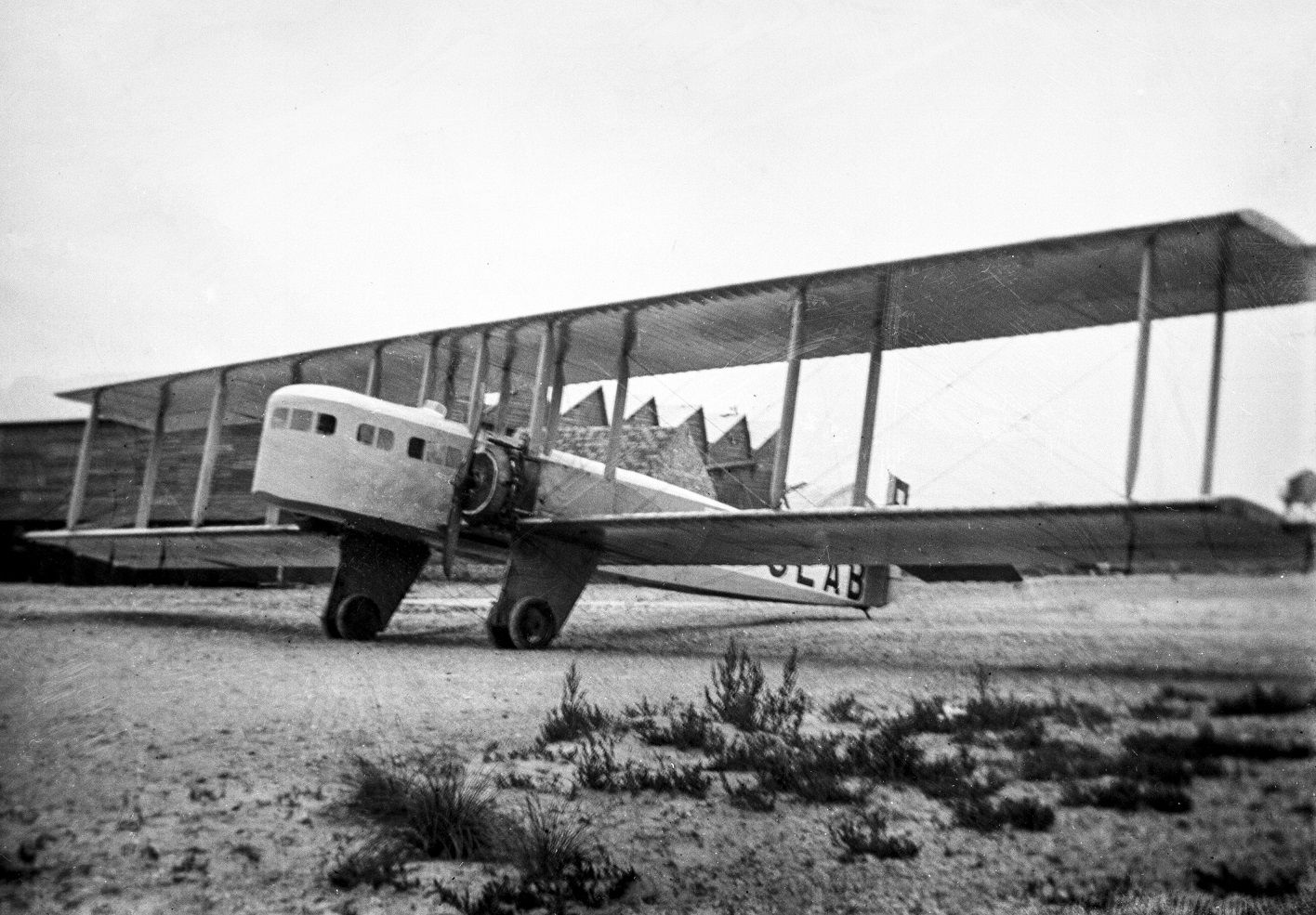
Henri’s earliest passion—along with that of his brother Maurice—was towards bicycling though! Whilst he was training to be a painter at the Academie des Beaux-Arts in Paris, he and Maurice started to race and sell racing bicycles. At one time, the pair held the Tandem World Championship, and it was only natural that they should progress to racing and selling cars. Of the two it was Henri who was the more successful and he went to Ireland to participate in the 1903 Gordon Bennett race, as part of the French team. And for a livelihood, the Farman brothers established a very fancy showroom for cars at the Champs Ellysses at Paris, which today is the Atelier Renault showroom.
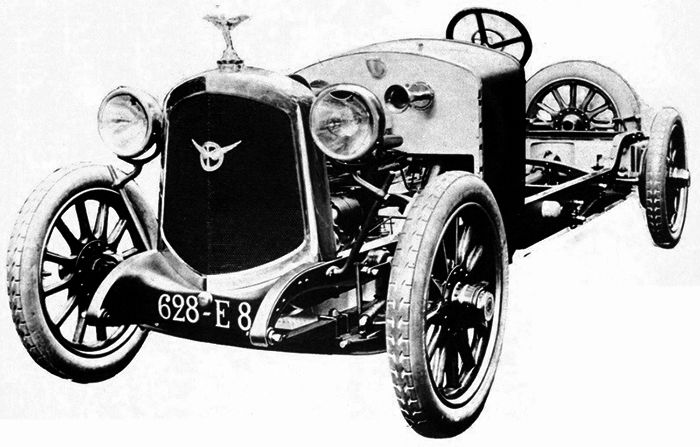
But soon after, the brothers’ interests turned to the latest mechanical adventure: aviation. On the 13th of January 1908, Henri won the Archdeacon Cup for successfully completing the first official flight of over a kilometre, in a southern suburb of Paris; that of flying a Voisin, with a Gnome engine. The Wright brothers had flown farther, but not under official sanction. Subsequently, Henri was credited with the coining of the term aileron—the small, hinged sections on the outboard portion of a wing that is used to control the direction of an aircraft.
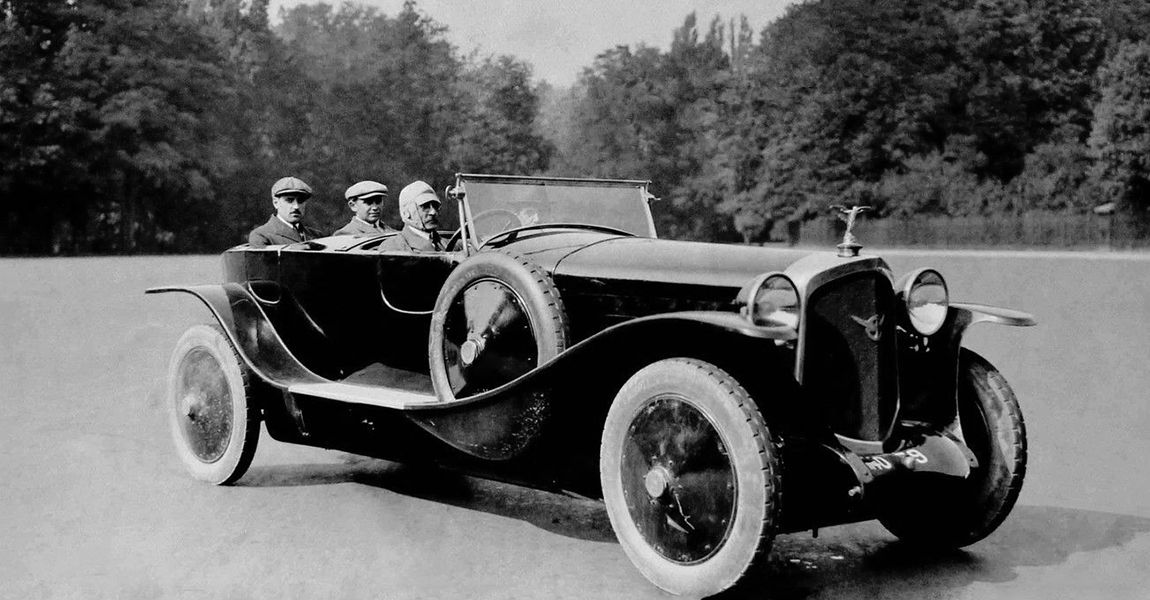
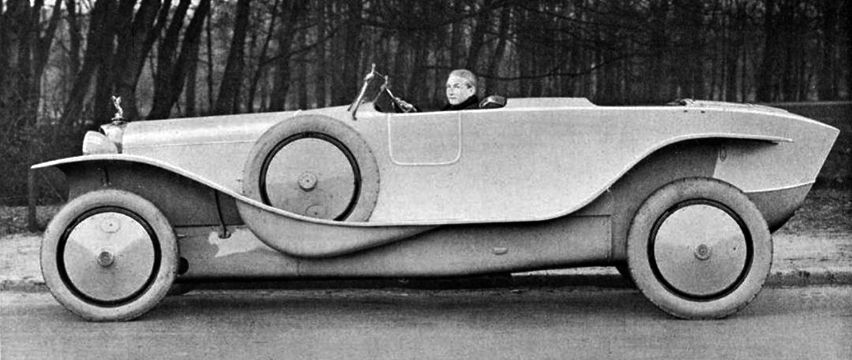
A few months later, on 30th October that same year, Henri, in a Voisin again, made the first inter-city flight ever: a 27km run from Bouy to Reims, France. Soon after, the brothers decided to start making planes, and with the advent of the First World War, Farman became a significant aircraft maker, making 12,000 aircrafts by the end of war.
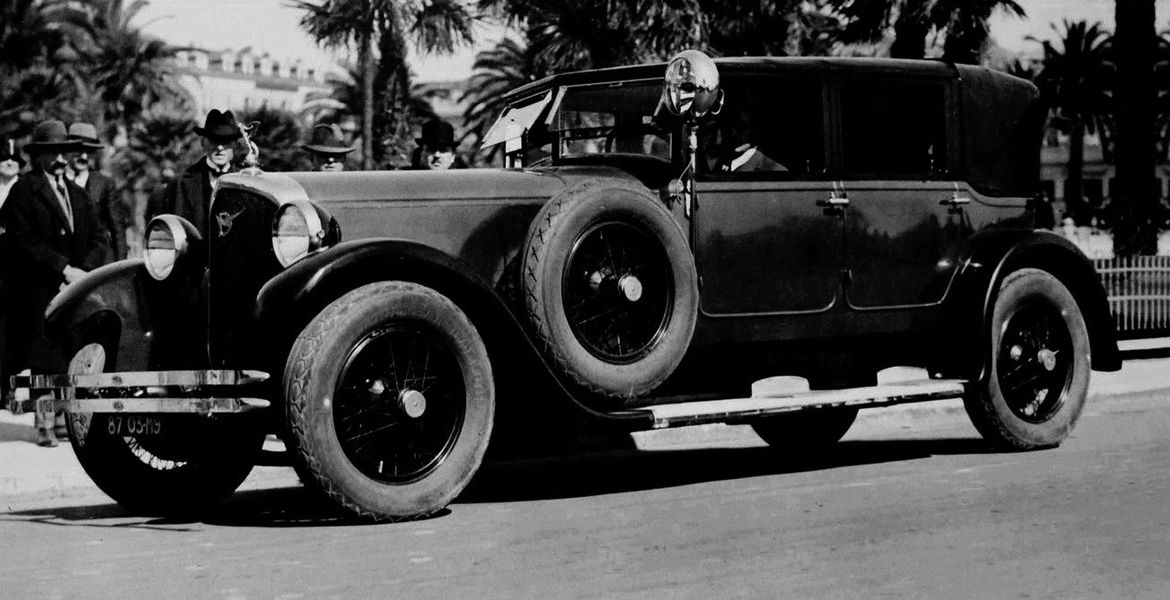
One of the planes that they designed towards the end of the war was the Goliath, a big bomber. With the end of the war, they found themselves with this huge aircraft with no market anymore. Henri had the vision to see that the Goliath could be turned into a passenger aircraft, and that become the start of a passenger airline—the first being Farman Airlines, which eventually became Air France...
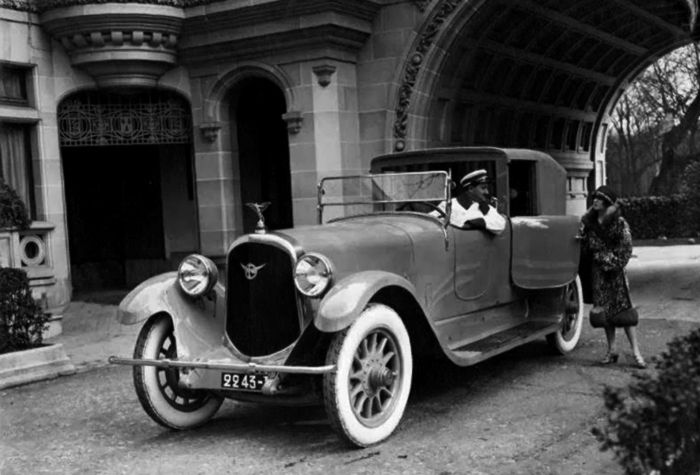
In 1919, the brothers turned once again to the world of automobiles. And clearly, they wanted theirs to be the very best around. Plus given their aircraft making background, materials, technology and aerodynamics from the more exacting world of aviation become the starting point of the cars that Farman made. Targeting the likes of the best from France, Italy and the UK—Hispano-Suiza, Isotta-Fraschini and Rolls-Royce—Farman decided to make cars that were comfortable, luxurious, superbly well-made and mechanically very sophisticated: to make cars that were ‘absolutely perfect in every detail’.
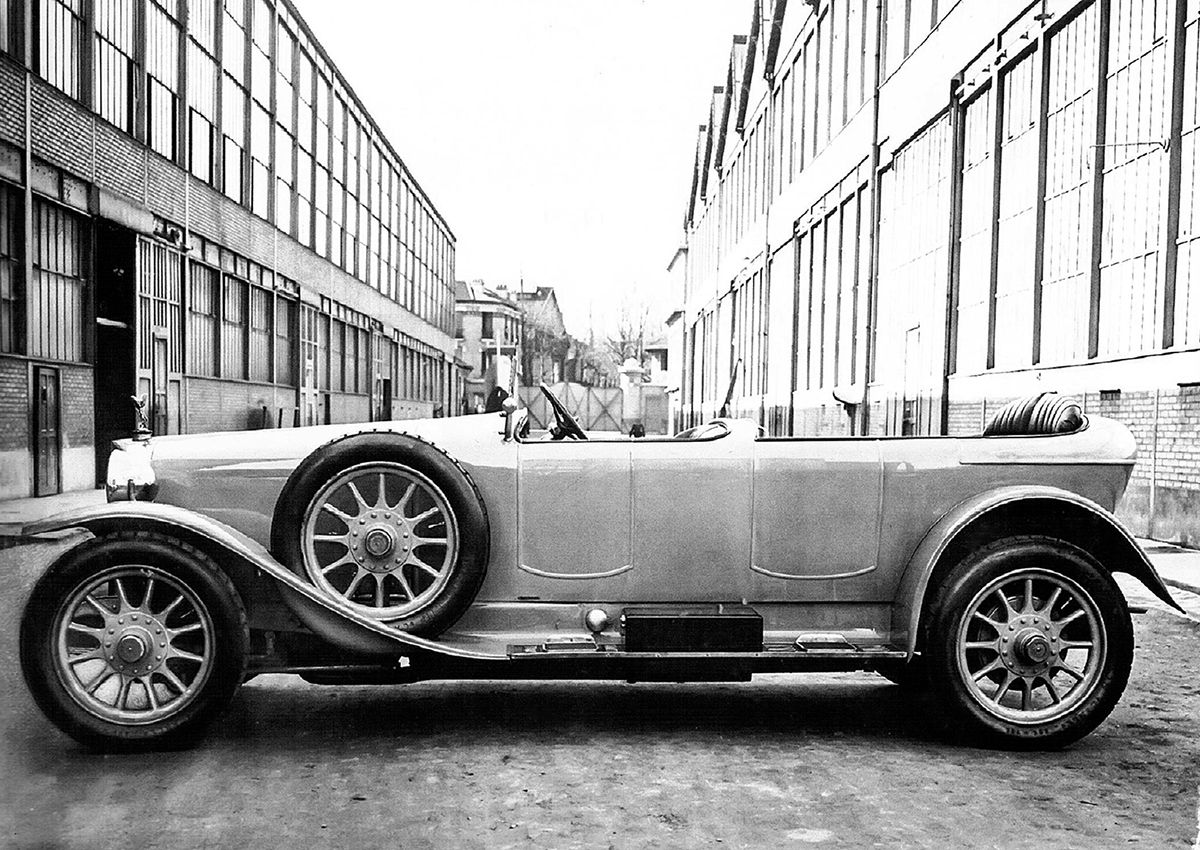
Engineer Charles Waseige developed a chassis-engine combo that was clearly inspired by aviation in the extensive use of aluminium. The 6597cc straight-six engine featured a gear driven single overhead camshaft, a dual ignition system using both magneto and battery, and dual updraft Zenith carburettors. The engine was mated to a four-speed transmission, via a multiple disc clutch and the Farman was unusual in featuring four-wheel brakes, when most cars in the world then had brakes just at the rear.

The Farman A6, as the model was called, was—for its time—a quick car, with the 100bhp unit good enough to give the car a top speed of 140 km/h; very impressive for such a large car that weighed some 2.4 tonnes. Their slogan ‘A car rolls, a Farman glides’ was a tongue-in-cheek reference to their main rival from across the channel.
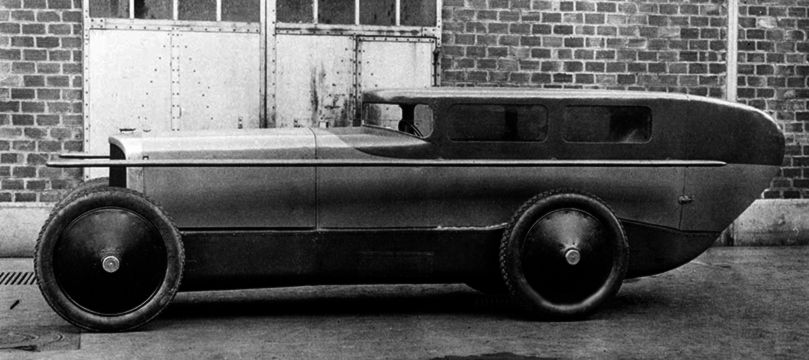
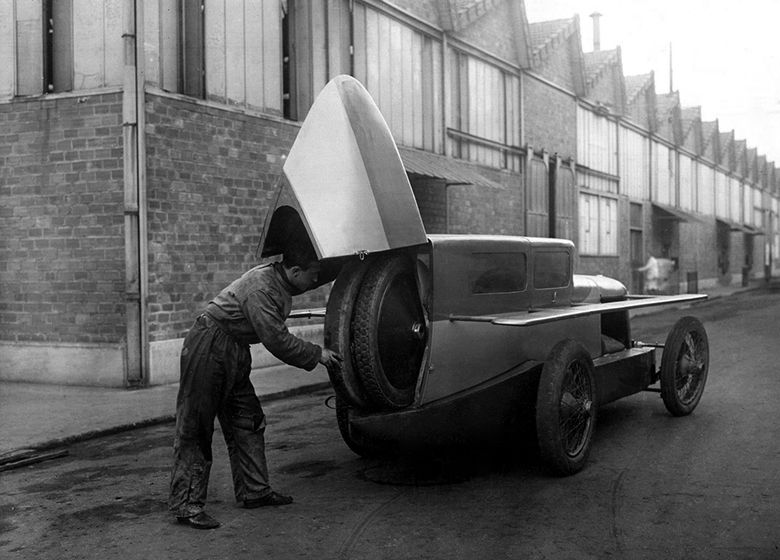
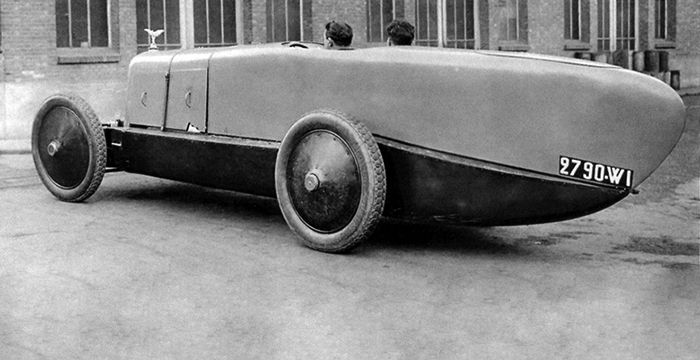
Despite being decidedly more modern than some of their rivals, the start wasn’t so good, with reliability issues cropping up. Waseige went back to the drawing board, and the car underwent further development. The original had a complex cylinder construction along Mercedes lines, with separate steel cylinders with a sheet steel water jacket. This was changed to a cast ‘Alpax’ alloy block and head, helping to reduce the overall weight of the vehicle. Other improvements, such as power-assisted drum brakes were placed on all four corners and the updated model was dubbed the A6 B.
At least, one of these technological marvels reached India. For more on that, tune in tomorrow.
Comments
Sign in or become a deRivaz & Ives member to join the conversation.
Just enter your email below to get a log in link.
